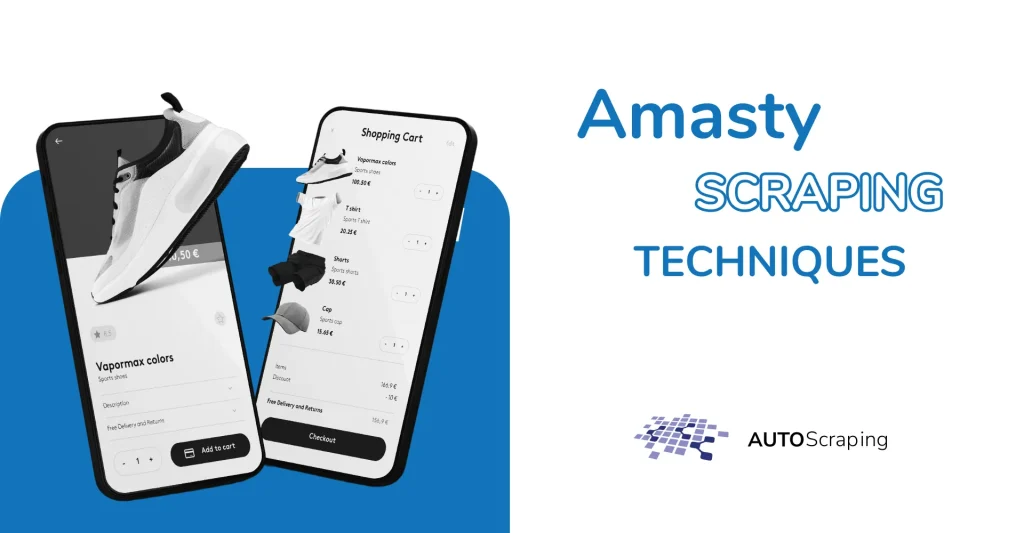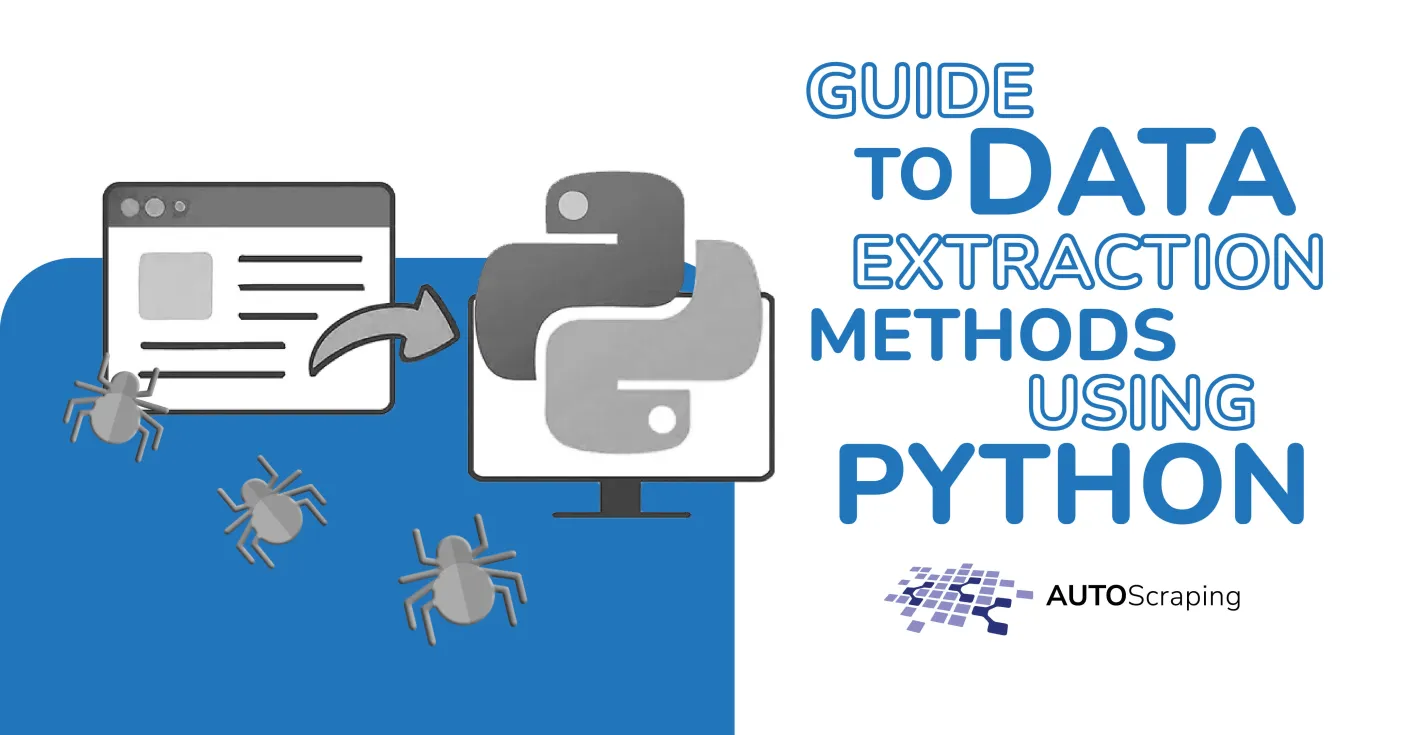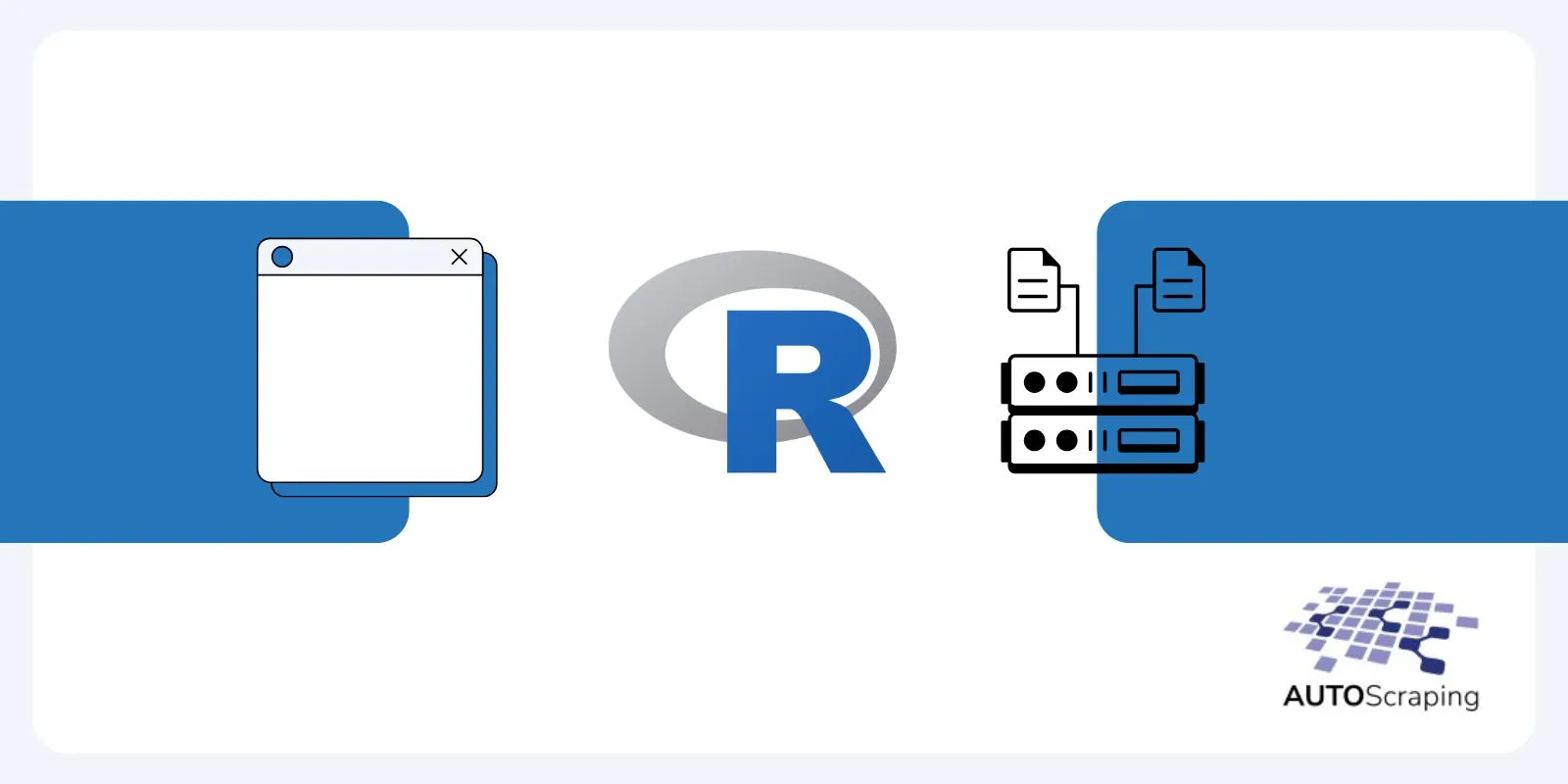Boost your scraping technique with the correct tips
In the vast and dynamic world of e-commerce, staying ahead of the competition often relies on having access to the correct data at the right time. Amasty, a prominent player in the Magento extensions market, has been helping businesses achieve this goal for over a decade. With a wealth of expertise, accumulated insights, and a global customer base exceeding 120,000, Amasty knows a thing or two about the importance of high-quality data retrieval.
In this blog post, we’ll delve into the world of data scraping, exploring the techniques and strategies that can help you extract valuable information from Amasty and other sources while ensuring the quality and integrity of the data you collect.
Why Scraping Amasty Matters
Before we dive into the techniques, let’s first understand why scraping Amasty can be a game-changer for your e-commerce business. Amasty’s extensive portfolio of Magento extensions covers various functionalities, from SEO optimization to customer relationship management. By scraping their data, you can gain insights into their product offerings, pricing strategies, customer reviews, and more. This information can be invaluable for making informed decisions, benchmarking your business against competitors, and identifying market trends.
Techniques for High-Quality Data Retrieval
1. Web Scraping Tools
Web scraping involves extracting data from websites; various tools are available to help you do this effectively. Some popular options include BeautifulSoup, Scrapy, and Selenium. These tools allow you to automate navigating Amasty’s website, locating the data you need, and saving it in a structured format.
2. Respect Robots.txt
Respecting the rules in the site’s robots.txt file is essential when scraping any website. This file specifies which parts of the website are off-limits for scraping. Failing to adhere to these rules can lead to your IP address being blocked or legal issues. Always check Amasty’s robots.txt file and ensure you comply with it.
3. Rate Limiting
To avoid overloading Amasty’s servers and potentially getting banned, implement rate limiting in your scraping process. This means controlling the frequency and volume of your requests. Be a scraper, and space out your requests to avoid disrupting the website’s operation.
4. Data Cleaning and Validation
The data you scrape may not always be in perfect condition. To ensure the quality of your data, implement data cleaning and validation processes. Remove duplicates, handle missing values, and validate the accuracy of the information you collect.
5. Monitor for Changes
Websites like Amasty frequently update their content and structure. To maintain the reliability of your data, set up monitoring systems that alert you to any changes. This allows you to adapt your scraping techniques accordingly.
The Ethical Side of Data Scraping
While scraping can be a powerful tool for acquiring valuable data, it’s essential to approach it ethically and legally. Always respect the terms of service and privacy policies of the websites you scrape, and never use scraped data for malicious purposes or in violation of any laws or regulations.
In conclusion, scraping Amasty for high-quality data retrieval can give your e-commerce business a competitive edge. By utilizing the right tools and techniques while adhering to ethical standards, you can tap into the wealth of insights and information that Amasty offers. Remember, data is a valuable asset, but how you collect and use it determines your success. So, scrape responsibly and leverage the power of data to drive your business forward in the ever-evolving e-commerce landscape.





















